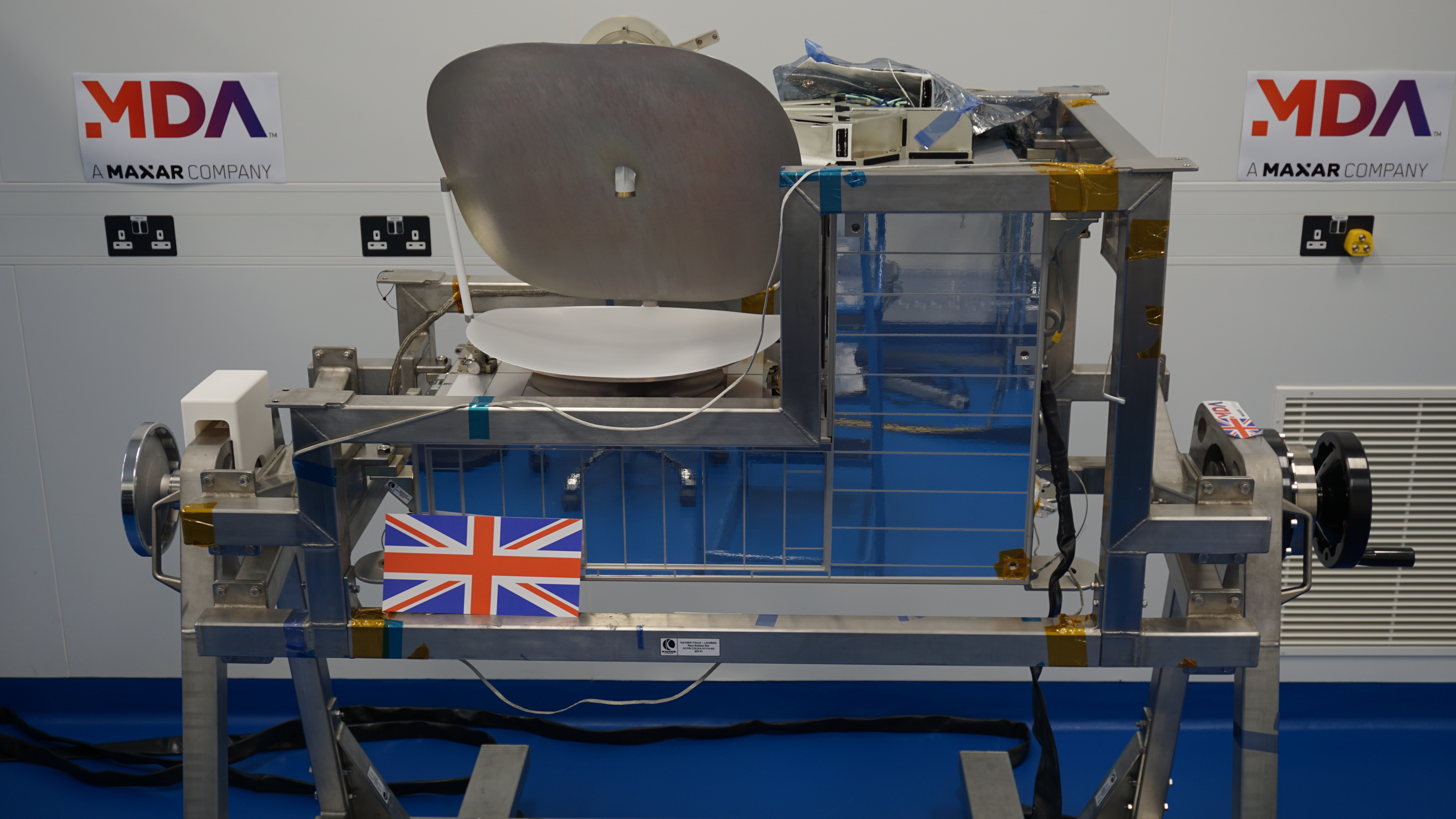Astronauts complete spacewalk to install British-built broadband hub on ISS
The technology will revolutionise scientists’ ability in the UK and Europe to access the results of space-based experiments.

Two astronauts have completed a spacewalk to install a British-built broadband hub that will beam scientific research back to Earth.
The technology marks the country’s first major industrial contribution to the International Space Station (ISS).
Called ColKa, short for Columbus Ka-band Terminal, the system will allow astronauts to communicate with Earth at home broadband speeds.

The results will help researchers to understand things like how our bodies and muscles age, and further their understanding of illnesses like cancer and Parkinson’s disease.
This giant leap forward for research carried out in the Columbus module will allow astronauts and researchers to benefit from a dedicated link back to Earth at home broadband speeds.

The new terminal will allow results to be delivered to scientists just a day or two after the data is recorded.
This will allow scientists to process information much more quickly and adjust experiments if they see any problems with the data, such as an unclear image.
On Wednesday Nasa’s Victor Glover and Michael Hopkins ventured outside the space station to mount the UK-built, UK Space Agency-funded, large suitcase-sized device to the European Space Agency’s (ESA) Columbus module on the ISS.
“That’s a beautiful view,” Mr Hopkins said as the ISS soared 260 miles above Kazakhstan.

“Strengthening the speed at which data can be transmitted from space will bring enormous benefits to scientists and researchers across Europe, helping them progress vital research faster, while opening up numerous commercial opportunities for UK firms as we build back better.”
Tethered to the ISS by a retractable steel cable, the astronauts faced challenging conditions as they worked to install the terminal.
They went without food for hours as they worked in the harsh thermal vacuum of space, where the temperature can be as hot as 120C in the sunlight, down to minus 160C when the sun is out of sight.





